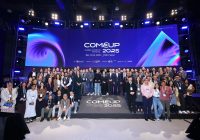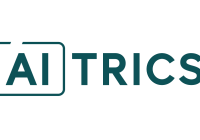The South Korean government has announced a significant increase in fiscal investment to support domestic companies facing challenges in the global semiconductor race. The government will expand its investment in the semiconductor industry from 26 trillion won to 33 trillion won (approximately $23 billion), aiming to establish a dynamic, private sector-led ecosystem for innovation and growth in semiconductors. This expanded investment will be directed toward four key initiatives.
First, in terms of infrastructure development, the government will introduce a new policy to cover 70% of the costs for underground power transmission lines using national funds to ensure the timely establishment of the Yongin and Pyeongtaek semiconductor clusters. Additionally, it will raise the support limit for infrastructure in large-scale advanced industrial complexes to 100 billion won, while increasing the national funding ratio to between 30 and 50%.
Second, to support investment in materials, components, and equipment (MCE), a new subsidy program will be introduced for small and mid-sized enterprises operating in these sectors. The government plans to increase financial investment in the semiconductor field to over 20 trillion won, boost the guarantee ratio and limit for technology guarantees for semiconductor SMEs, and raise the tax credit rate for semiconductor investments by 5 percentage points. These efforts are intended to reduce the financial burden on businesses and enhance the competitiveness of domestic suppliers.
Third, to drive next-generation semiconductor development, the government will expand shared infrastructure, such as AI semiconductor demonstration and verification equipment for fabless companies. It will also establish a mini-fab within the Yongin cluster, integrated with mass production capabilities, to support demonstration projects for MCE firms and advance the development of cutting-edge semiconductor technologies.
Lastly, to secure outstanding talent, the government will launch new industry-oriented training and research programs targeting domestic master’s and doctoral students. Furthermore, global joint research initiatives will be introduced to attract top international talent, ensuring a continuous pipeline of highly skilled professionals for the semiconductor industry.








